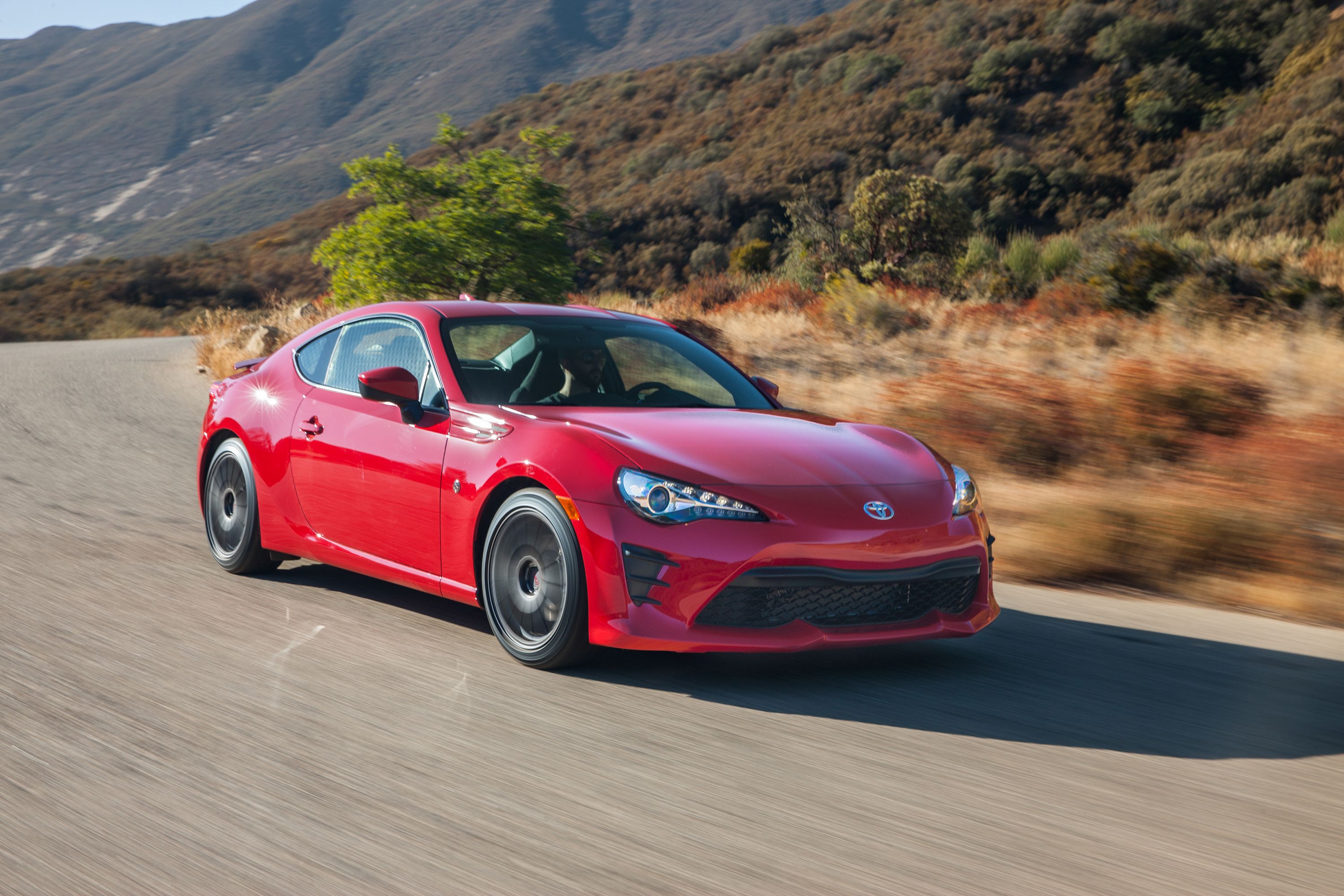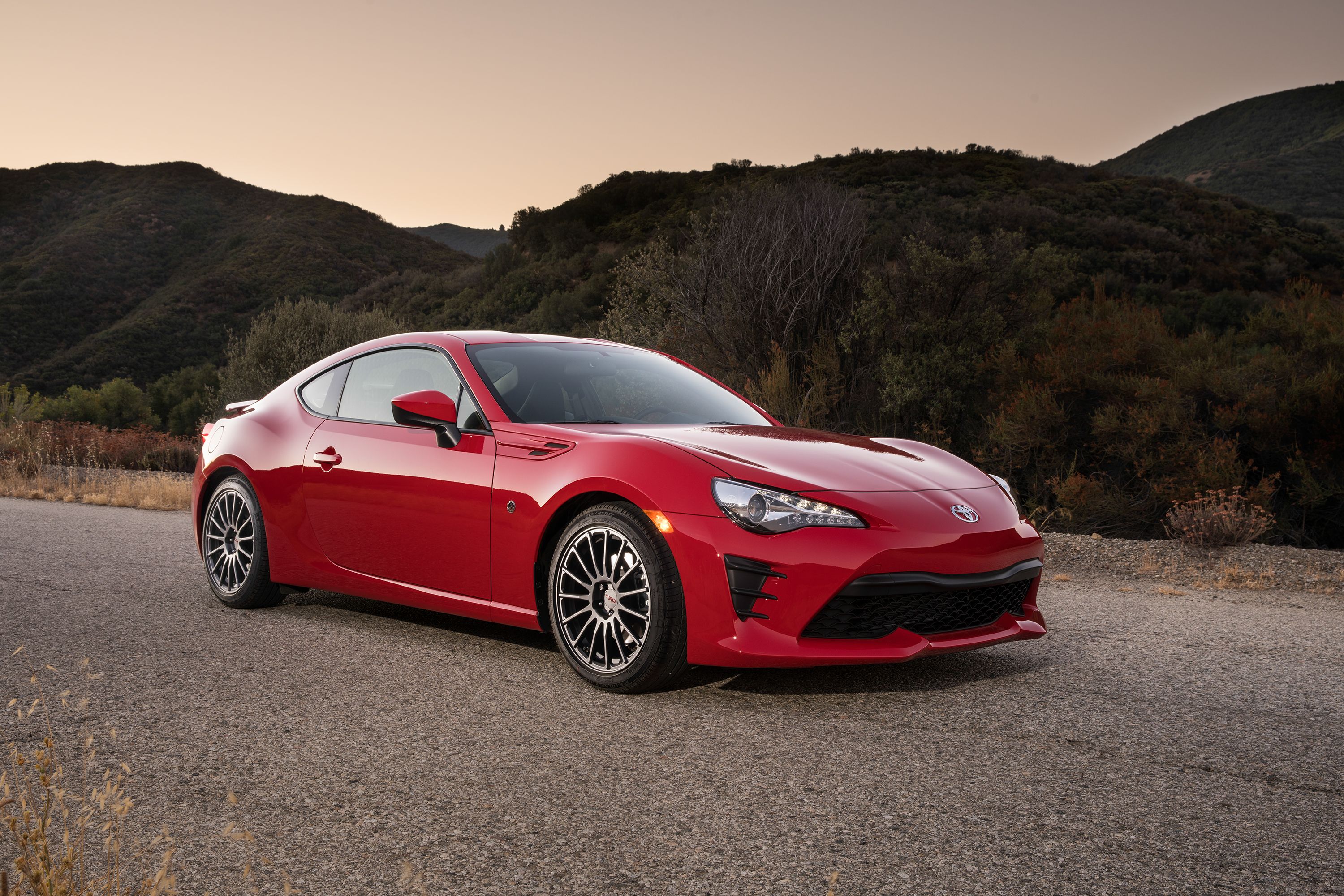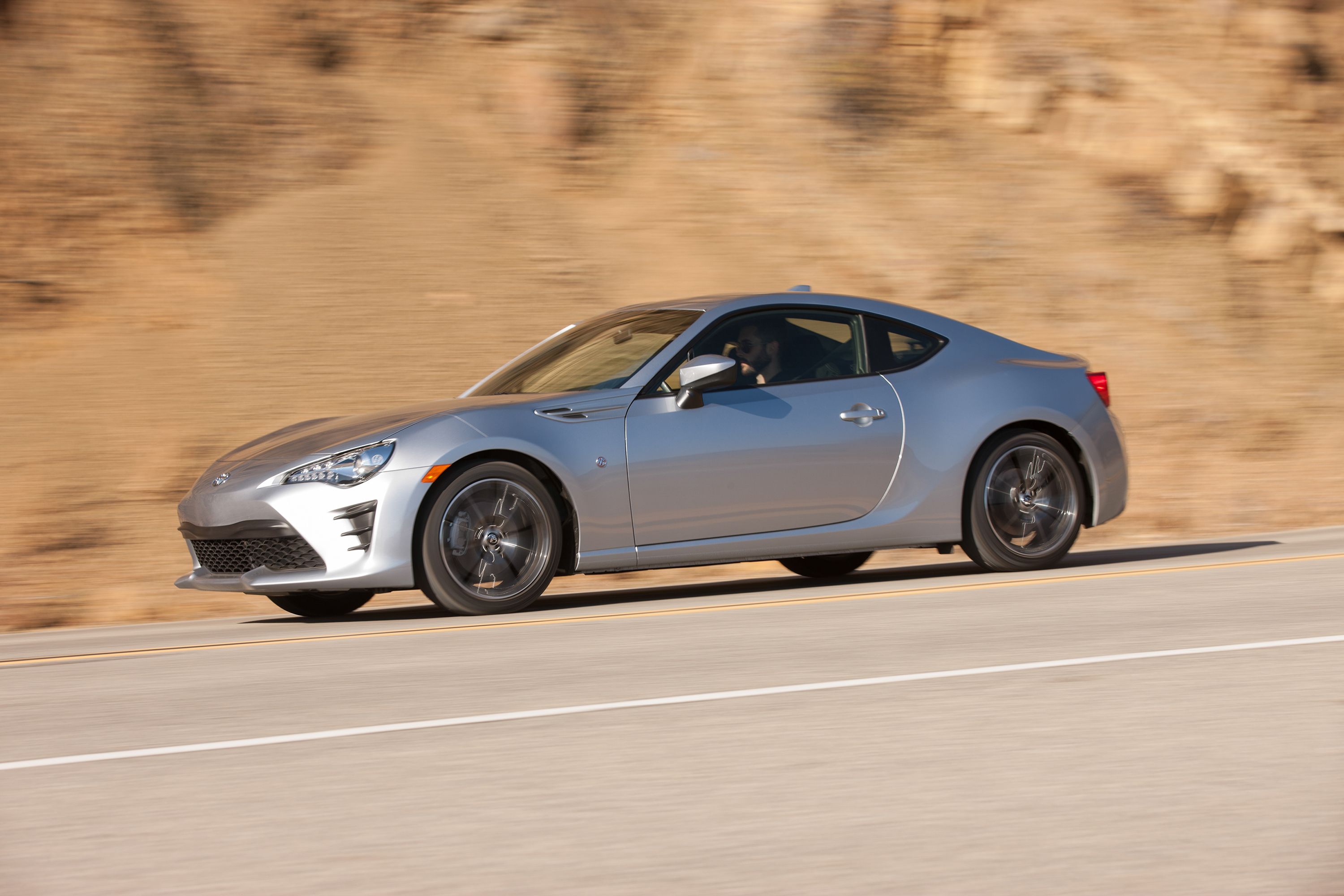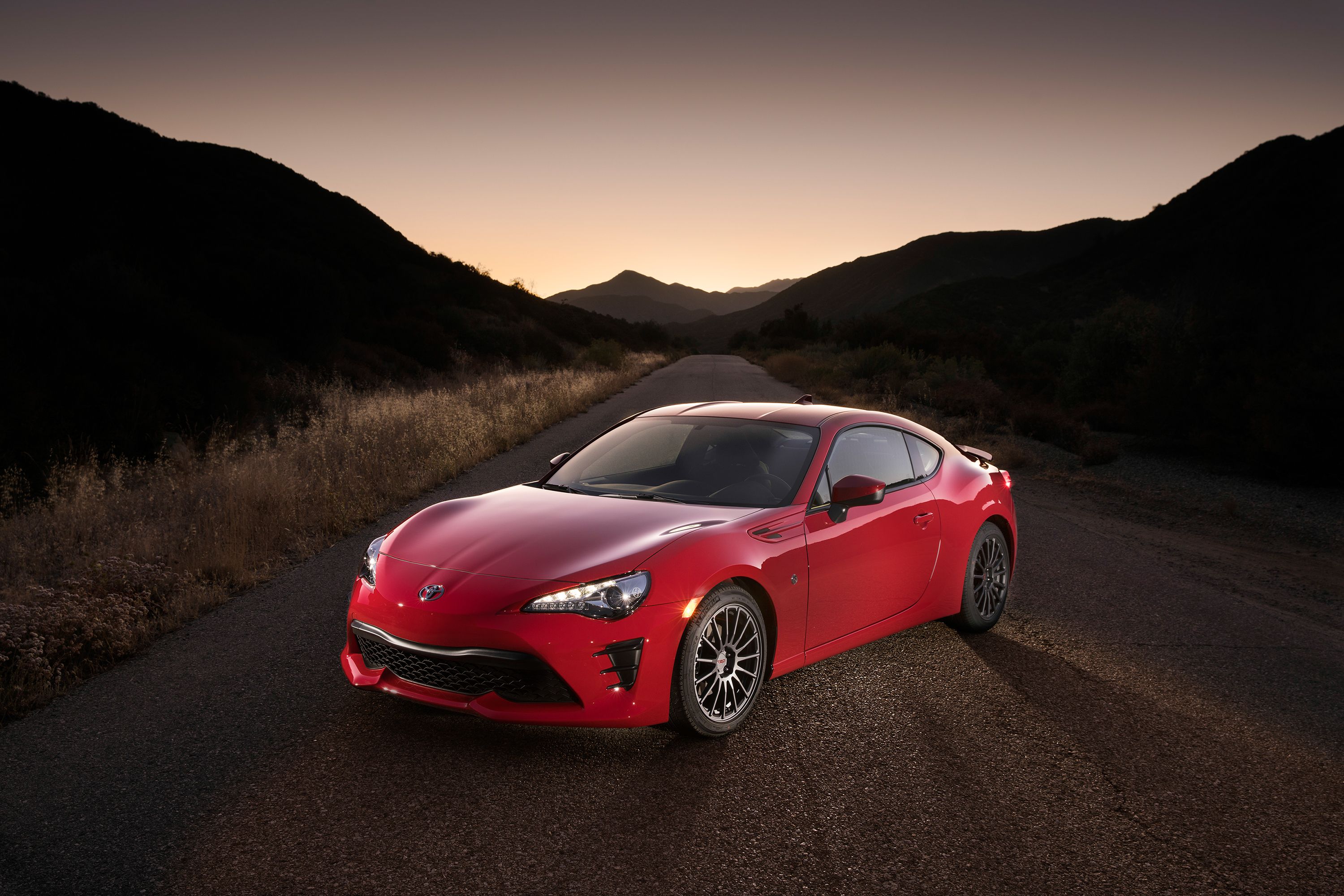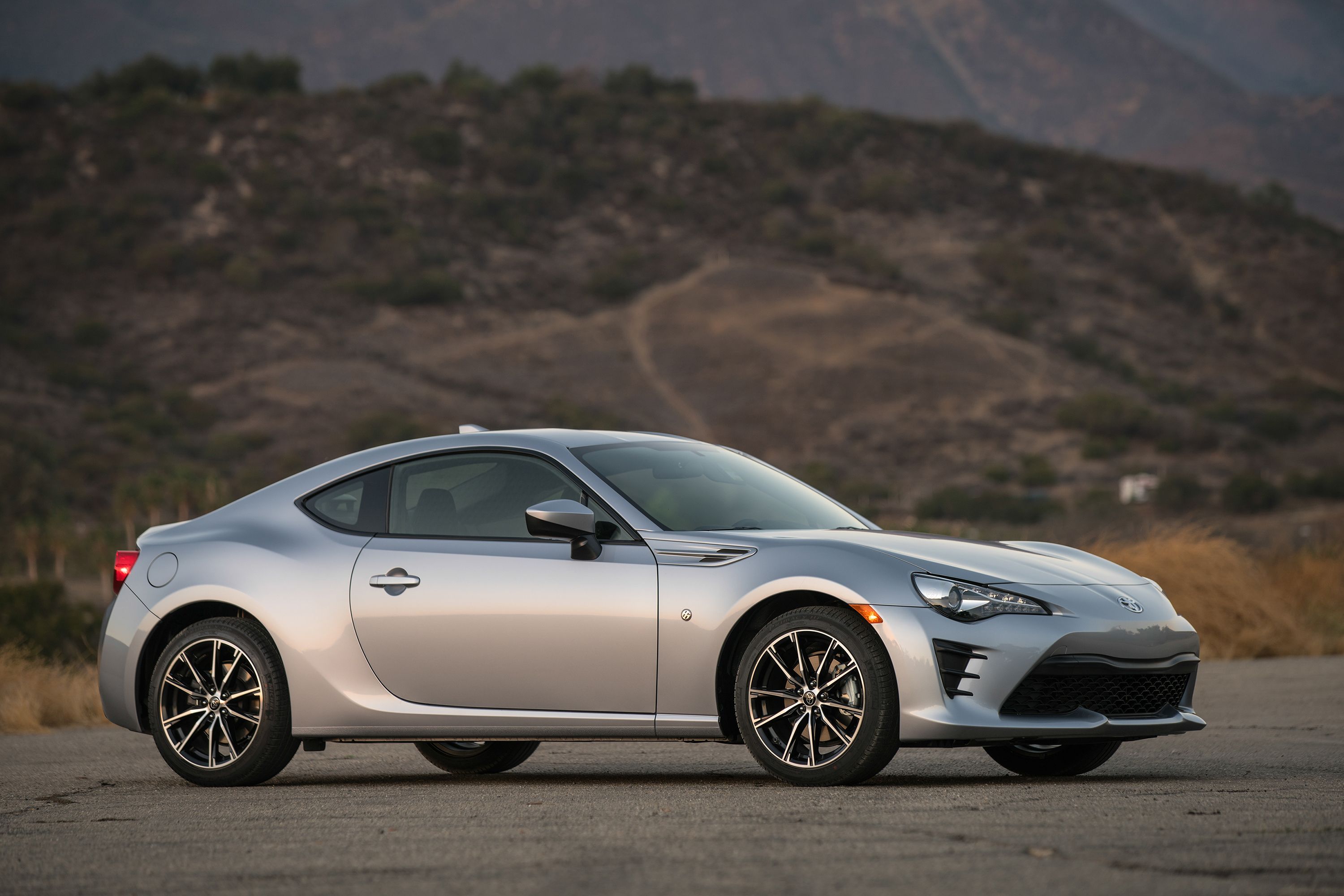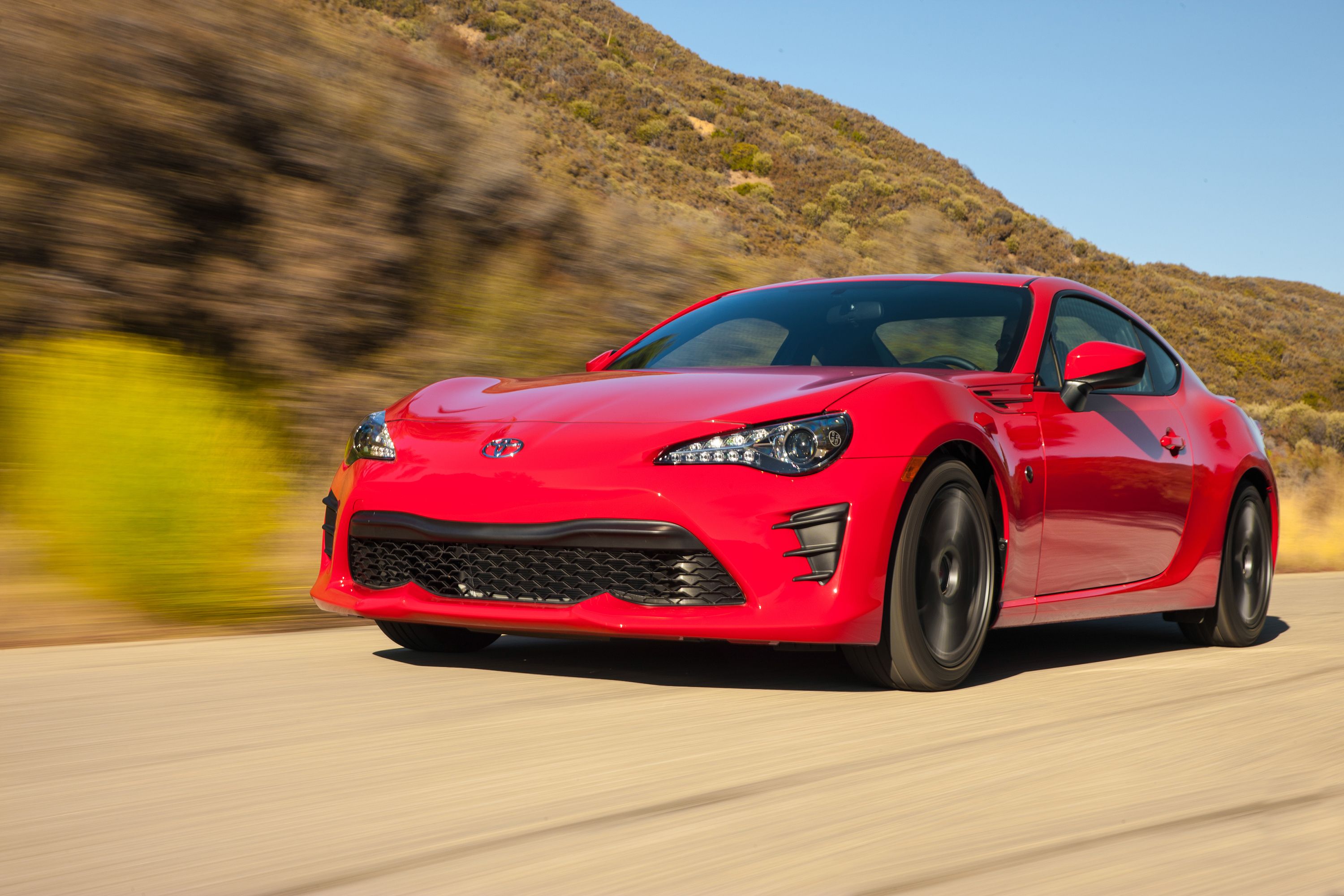Imagine a scenario where the shiny new toy you’ve been waiting years to own finally gets released. Your excitement levels shoot through the roof and you can’t wait for the day when you finally take ownership of that toy. Now, imagine the toymaker releasing the toy of your dreams and then following that up by announcing plans to develop a cheaper toy that will be better than the toy you’ve been waiting for years to own. Bit of a bummer, right?
That’s the predicament prospective owners of the Toyota Supra now face after Toyota’s chief engineer, Tetsuya Tada, indicated that Toyota is looking to create a new 86 sports car that could surpass the recently launched Toyota Supra. Just when you thought you’d seen it all, Toyota finds a way to flip the narrative once again.
Before any of you start picking up your pitchforks, a little point of order needs to be established. The Toyota 86 and the Toyota Supra belong in two different spaces.
That’s the sentiment that came out of Tetsuya Tada, Toyota’s chief designer, who told Australian publication Motor that the next-generation 86 will be an even better car to drive than the recently unveiled A90 Supra.
It’s certainly welcome news for a lot of people to hear that there are serious discussions about creating a successor to the first-generation 86 sports car, which has been around since 2012. That’s a seven-year run that will likely extend a few more years as development of the second-generation model begins in earnest.
Sure, Tada-san's comments about the next-generation 86 being a better car to drive than the Supra can be construed as undercutting the company’s flagship sports car, but it can also be taken in the context of the standards that Toyota plans to set with the second-gen 86.
Understanding this point leads to asking the more important question: how can Toyota make the next-gen 86 better than the Supra?
None of us will get a complete answer at the moment, but it is reassuring that the foundations are being set up to get to that point. At the moment, Toyota and Subaru, which co-developed the previous sports car that gave rise to the 86 and the Subaru BRZ, are reportedly mulling several options for the second-generation model. One option is to use a modified version of the current Impreza platform. It would make sense to take this approach from the perspective of the platform supporting rear-wheel drive. More importantly, it would save Toyota and Subaru a lot of money knowing that it already has a foundation from which to start the development of the second-generation 86 and BRZ models.
Another option is to ditch the current platform in favor of Toyota’s TNGA platform, which is expected to underpin the next generation of Toyota and Lexus rear-wheel drive models. Notice the trend there? The second coming of the 86 and BRZ will retain their rear-wheel drive setups, effectively ruling out the possibility of both cars using Subaru’s new global all-wheel drive platform.
There’s also a third option or at least one that’s open to
In any event, these new developments about the next-generation Toyota 86 should be a cause to celebrate, especially for fans of Toyota’s entry-level sports car. All this rancor about the new 86 potentially becoming a better car than the Supra should, for now, at least, be taken with a grain of salt. And even if it does end up that way, it’s not like one model’s going to be a bigger deal than the other because, at the end of the day, two exciting sports cars from the same automaker are always better than one.
Further Reading
Read our full, driven review of the 2017 Toyota 86.
Read our full driven review on the 2020 Toyota Supra.

